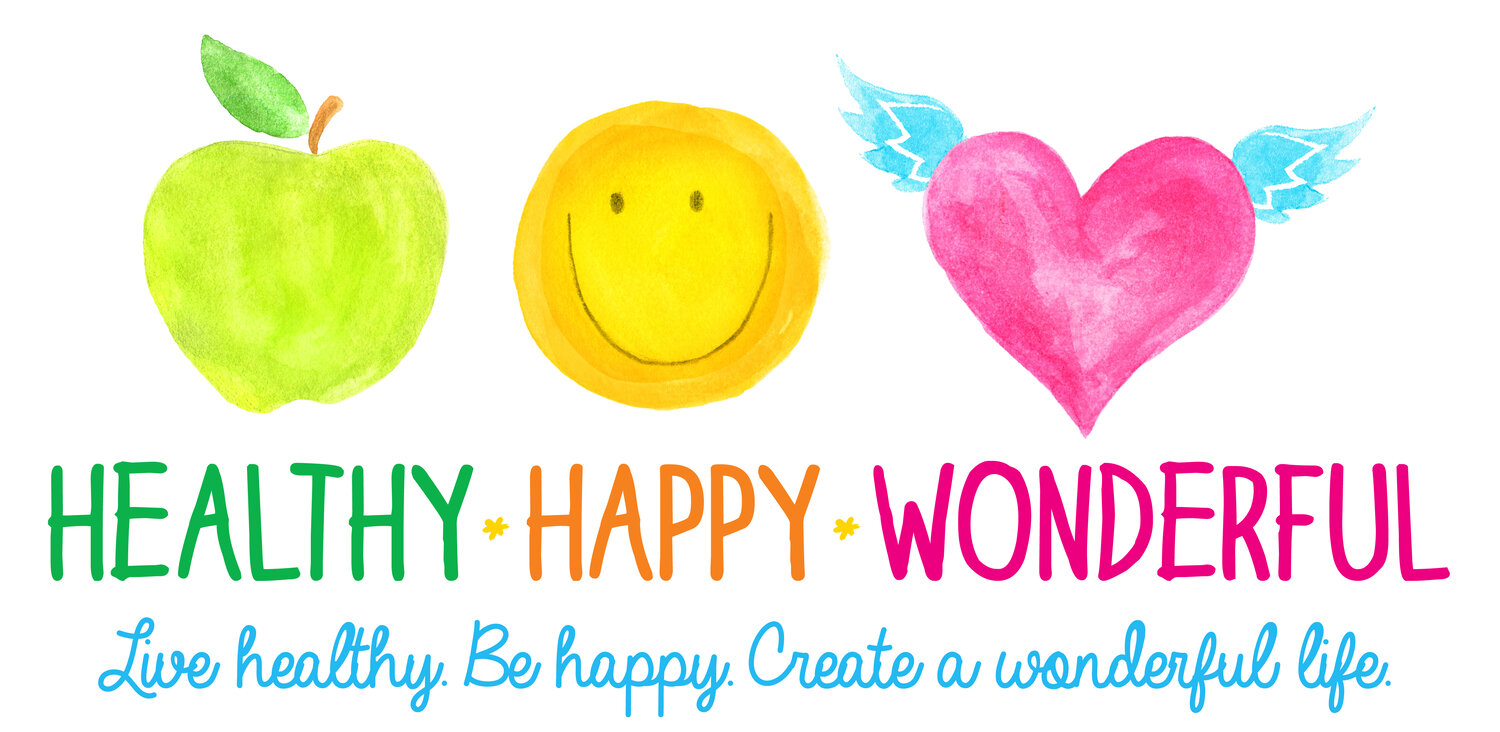Move it or lose it! Why exercise is essential to health
/Move it or lose it! Exercise is essential to health!
I don’t have a natural love of exercise. I hate to sweat, and frankly, if God had wanted me to run or jump around he would not have given me a set of G-cup boobies.
But I’m all about the research, and there are no two ways about it - regular physical activity is one of the most powerful things to boost your health, wellbeing and longevity.
Regular physical activity is linked to the following health benefits:
- It helps you to maintain a healthy weight, and if you are overweight it can assist with weight loss
- Improved blood pressure, blood lipids and reduced risk of cardiovascular disease
- Improved glycemic response and reduced risk of Type 2 Diabetes
- Reduced cancer risk (particularly breast and colon cancer)
- Stronger bones and greater lean body mass
- Mood and mental acuity
- Longevity
- Enhanced ability to do the things you want to do, especially as you get older
And leaving aside the benefits, there are significant health risks associated with a lack of physical activity.
The World Health Organisation has found that sedentary lifestyles and low levels of physical activity contributes to more than 3 million otherwise preventable deaths each year (that’s 6% of all deaths globally). This is due to the strong relationship between physical inactivity and “lifestyle diseases” like type 2 diabetes, cardiovascular disease, stroke and some cancers.
And here's the scary bit: according to the most recent Australian Health Survey, 70% of Australian adults are either sedentary or engage in low levels of physical activity. Part of the Survey involved issuing pedometers to some of the participants. And only 19%, reached 10,000 steps a day.
This is what the Australian government recommend:
- Doing any physical activity is better than doing none. If you currently do no physical activity, start by doing some, and gradually build up to the recommended amount.
- Accumulate 150 to 300 minutes of moderate intensity physical activity or 75 to 150 minutes of vigorous intensity physical activity, or an equivalent combination of both moderate and vigorous activities, each week.
- Be active on most, preferably all, days every week.
- Do muscle strengthening activities on at least 2 days each week.
- Minimise the amount of time spent in prolonged sitting. Break up long periods of sitting as often as possible.
Sowhat do you do if you, like me, don’t get excited at the idea of going for a sweat sesh? Here are some things you might like to try:
- Experiment with an array of different exercises until you find a few you like. In this day and age we have spinning, a thousand different types of yoga, pilates, yogilates, nia, zumba, HIIT, crossfit, bootcamps of all types, circuit classes, swimming squads, aquarobics, weights, TRX - you name it And it’s all as close as your computer - check out youtube to see what is out there!
- Vary your workout to keep things interesting.
- Find an exercise buddy or hire an exercise physiologist or personal trainer.
- Grit your teeth, suck it up and fake it til you make it. This is definitely the "tough love" option, but hear me out: The more your exercise, the fitter you will become and the easier it will be.
- Sneak extra movement into your day - walk to the shops, get off the bus a stop or two early, hold walk-and-talk meetings instead of sitting in a conference room.
- Find active ways to socialise with friends and family. Instead of brunch or after work drinks, catch up with your friends over a walk along the beach, a game of tennis or a weights session at the gym.
- Sign up for a course. My local community college runs courses on swimming, boxing, tai chi, pilates, hula hoop, yoga, aquarobics, rowing, dragon boating, running, tennis and many different types of dance. These courses are a great way to meet new people, learn something new and boost your weekly physical activity levels!
- Don’t just focus on exercise sessions. Expand your focus to include finding ways of minimising your sitting and sedentary time. Take phone calls standing up. Put an exercise bike, rebounder or step in front of the TV to use while you watch your fave shows.
- Reframe how you view exercise. Instead of viewing it as a sweaty chore, reframe your view of exercise as an opportunity to boost your health, wellbeing and longevity, and reduce your risk of serious disease.
- Above all, don’t let your quest for perfection sabotage you from doing something good. Any level of activity is better than nothing. So don’t beat yourself up if you can’t make it to a spin class every evening. Just do what you can do make sure you are getting in some form of physical activity every day. And use this as a basis for continuous improvement over time!
REFERENCES
Global Health Risks: mortality and burden of disease attributable to selected major risks. World Health Organization, 2009.
http://www.abs.gov.au/ausstats/abs@.nsf/Lookup/4364.0.55.004Chapter1002011-12
Brown WJ, Bauman AE, Bull FC, Burton NW. Development of Evidence-based Physical Activity Recommendations for Adults (18-64 years). Report prepared for the Australian Government Department of Health, August 2012.
Miller KR, McClave SA, Jampolis MB, Hurt RT, Krueger K, Landes S, Collier B. The health benefits of exercise and physical activity. Current Nutrition Reports. 2016 Sep 1;5(3):204-12.













